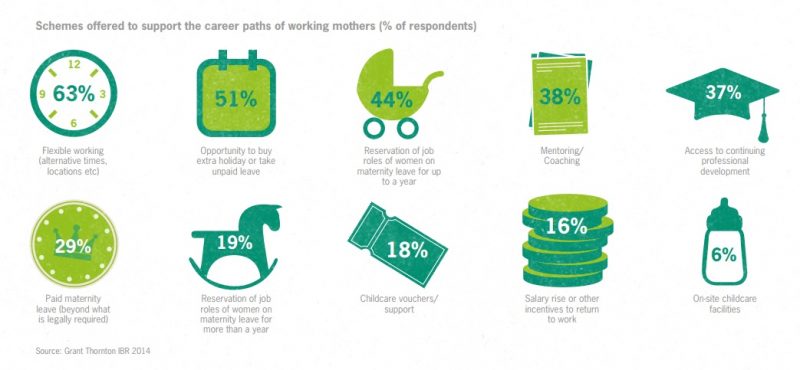Seeking equality
Businesses in the 21st century have been accused of not actively promoting gender parity. Women are still sorely missing in boardrooms and in decision making positions, globally. However, according to experts, there are ways to encourage gender equality.
In 2016, on International Women’s Day, Forbes reported in an article how ‘almost four in 10 businesses in G7 countries have no women in senior management positions. Globally, the proportion of senior business roles held by women stands at 24 per cent, up slightly from 22 per cent in 2015. However, this minor uplift has coincided with an increase in the percentage of firms with no women in senior management, at 33 per cent in 2016 compared to 32 per cent last year’.
Yet, Europe leads the gender way. At least according to an article by Asian Development Bank (ADB). In it, ADB reports how some European companies make it mandatory to have female representations in senior management positions – UK a minimum of 25 per cent, Norway mandates 40 per cent and Germany at 30 per cent. This is because they believe, more women in higher positions at work increase efficiency as well as profit and allay corruption.
Funnily enough, the less emphasis there is on the need for gender diversity, the speedier the increase is in terms of female representation in boardrooms.
In the article, ADB reports the low gender diversity in board representation in Asia even though it has improved at 7.5 per cent female representation in 2012. However, in 2014, Women in Business: From Classroom to Boardroom reports, above 40 per cent of women in senior management positions for many Asian countries as compared to less than 20 per cent in European corporations.
Process the numbers for a moment.
Funnily enough, the less emphasis there is on the need for gender diversity, the speedier the increase is in terms of female representation in boardrooms. Case in point, according to ADB’s article, China. The question is, why? Supposedly, according to the same article, it’s because China, potentially, ‘has the most to lose in terms of economic losses because of the lack of gender diversity’.
According to Women in Business, the main attraction for women to remain in the workforce depends on how corporations they work for support them through motherhood. For instance, if they allow time and flexibility to balance work and raising children (refer table below).

According to Ellen Kullman, a former CEO but now runs Paradigm for Parity, in an article in The New York Times titled How to Get More Women to be CEOs, there are five specific steps to which business leaders can commit to achieve gender equity: 1) training in unconscious bias; 2) setting clear goals to increase the representation of women at every level, including the senior level, which will be measured and circulated within the company; 3) basing advancement on results, rather than face time at the office, 4) measure targets at every level and communicate progress and results regularly; and 5) identify women of potential and give them sponsors, as well as mentors – men have a critical role to play in this since they’re still predominantly the ones in leadership positions.
‘Powerful evidence links gender-balanced leadership with financial and stock market outperformance. Simply put, companies with both women and men in senior leadership positions have superior financial results,’ reads a statement on Paradigm for Parity website. That in itself should be a huge motivator for gender parity in businesses.
Closer to home, the participant numbers of 2016 World Islamic Economic Forum in Jakarta of 68.5 per cent males and 31.5 per cent females, from 73 countries, have shown a slow climb uphill but still considered quite a long way from gender parity within the global business communities. But hope springs eternal and optimistically, we believe, the numbers of female participants will increase during the 13th WIEF in November 2017. This increase, when it happens, will not only signify the rise of numbers of women entrepreneurs but also mark a paradigm shift in the global business community’s gender landscape.
___________________
For more on 13th WIEF and our Foundation’s initiatives, download our 2017 report here.





